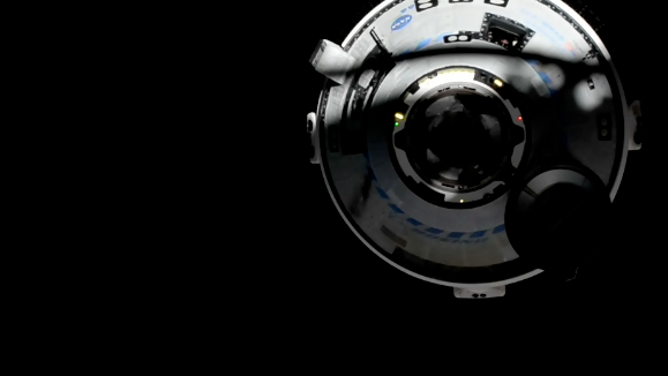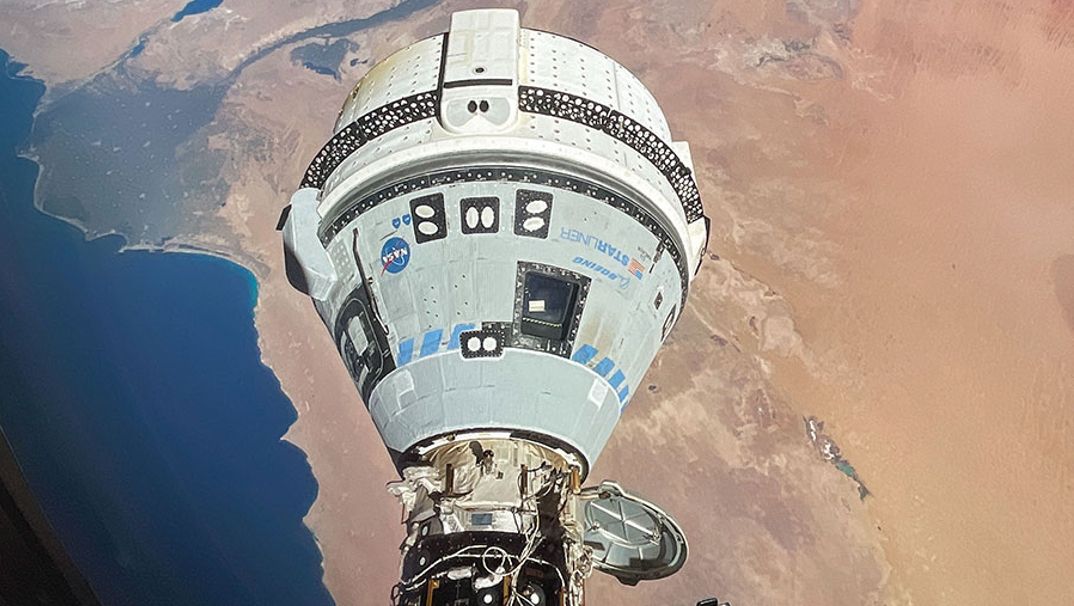
Boeing Starliner's Mission Extension at International Space Station: Assessing Helium Leaks and Thruster Issues
Updated on: June 18, 2024 / 5:52 PM EDT
Boeing's Starliner spacecraft, which docked at the International Space Station (ISS) on June 5, will remain there for an extended period to allow NASA and Boeing engineers to further investigate helium leaks and thruster issues. The mission extension was announced on June 18 by NASA following a press briefing.
The Starliner spacecraft, commanded by Barry 'Butch' Wilmore and co-piloted by Sunita Williams, is currently providing valuable assistance to the ISS crew while ground teams continue their analysis of the ongoing issues. The extended stay will give them more time to help out aboard the station.
Five known helium leaks in Starliner's propulsion system and unexpected behavior in multiple maneuvering jets are being assessed by NASA and Boeing engineers. One jet will not be used for the remainder of the flight, but the other suspect thrusters were successfully 'hot fired' during a test on June 18.
NASA intends to fully eliminate both helium leaks and thruster issues before Starliner flies again. The extended mission is expected to last until June 26, with a pre-dawn landing at White Sands, New Mexico.
Boeing's Starliner spacecraft faced delays even before its launch due to the need to redesign the parachute system and issues with helium leaks and thruster failures during an earlier test flight without anyone on board. The mission extension is another setback for Boeing, which aims to provide regular crewed flights to the ISS under NASA's Commercial Crew Program.
The extended stay at the ISS will give Starliner more time in space, allowing engineers to gather valuable data and make any necessary adjustments before its return. The mission extension is a crucial step towards ensuring the safety and reliability of future Starliner flights.




